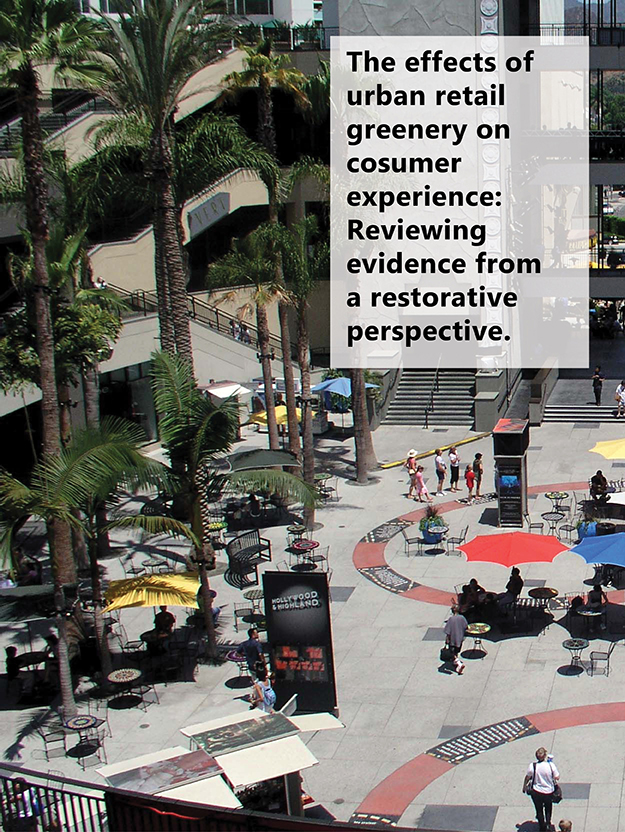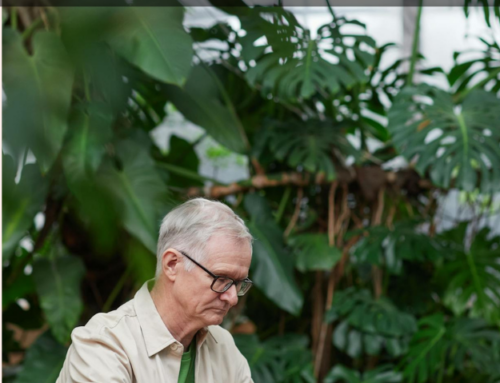The Effects of Urban Retail Greenery

Over the last three decades solid empirical evidence for the positive influence of greenery on human psychological and cognitive functioning has been steadily accruing. Based on this evidence, researchers and practitioners increasingly realize the importance of urban greening as a strategic activity to promote human wellbeing. Although commercial and retail activities constitute a significant and influential component of urban contexts, a concern is that the stakeholders involved (e.g. merchants) can sometimes be reluctant to integrate vegetation in commercial districts. This can be an important stumbling block for the process of urban greening. In this paper we introduce the concept of Biophilic Store Design (BSD) as the retail design strategy to consciously tap the beneficial effects of vegetation. The central aim of this paper is to demonstrate that the reluctance of certain retail stakeholders to integrate greening practices like BSD is unjustified. Two lines of evidence in support of this claim will be discussed. On the one hand, we sketch a conceptual framework which supports the view that BSD can have restorative effects for those implied in store environments. On the other hand, we review Wolf’s multi-study research program on the effects of urban greening on consumer behavior, attitudes, and perceptions. These two lines of evidence show that commercial activities and urban greening are not to be considered as antagonistic but as mutually reinforcing practices.





